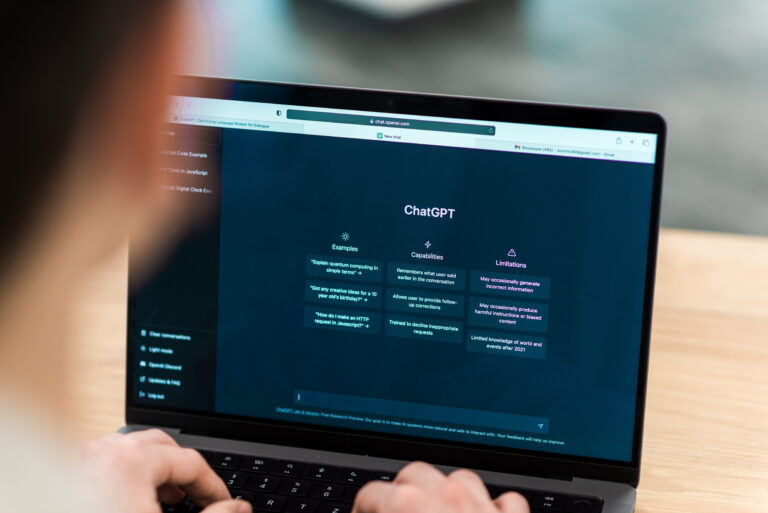
Introduction
There are moments when history doesn’t make noise, yet it shifts the ground beneath us. When The New York Timesannounced its first artificial intelligence agreement with Amazon, it wasn’t just a business deal. It was a quiet acknowledgment that journalism, that ancient practice of watching the world and putting it into words, is entering a new kind of dialogue — one where the listener is no longer human.
The contract, a multi-year licensing partnership, allows Amazon to use the Times’ articles, archives, and even its lifestyle content to feed its AI systems. In return, the newspaper receives compensation and visibility inside Amazon’s ecosystem. But beyond the transaction lies a deeper question: what does it mean when the most respected newsroom in the world gives a machine the right to learn from its voice?
A deal written between two worlds
On the surface, the agreement sounds pragmatic. Amazon gains access to a vast library of verified, well-edited information — the kind of material that can help refine its generative models and make Alexa or other AI assistants smarter, more nuanced, more “human.” The Times, for its part, ensures its journalism is used legally, transparently, and profitably, rather than scraped in the shadows of the internet.
Yet beneath the calm language of the press release lies an invisible tension. The same institution that once sued OpenAI for using its content without permission has now chosen to collaborate with another tech giant. It’s not hypocrisy; it’s strategy. The Times is learning that to protect journalism in the age of AI, one must first understand how to live with it.
The partnership signals a shift from resistance to negotiation — from guarding the gate to sitting at the table. But every agreement of this kind also carries the risk of dilution: when your words are integrated into a corporate algorithm, what happens to your editorial soul?
The meaning of control in the age of data
For more than a century, The New York Times has defined credibility in news. Its authority came not only from its reporters, but from its independence — the belief that no external power could shape its voice. In the AI era, that principle is being tested.
Licensing content to train models blurs the line between journalism and data. Once an article becomes part of an algorithmic memory, the words no longer belong to one newsroom; they become statistical traces, woven into a network of probability. The risk is not theft but transformation — the slow erosion of context.
Amazon insists that the content will be attributed and linked, and that its AI systems will not replace the original reporting. But technology has a way of repurposing everything it touches. Once language becomes material for machines, it begins to move with their logic, not ours.

Between opportunity and surrender
There’s another side to this story, less fearful and perhaps more pragmatic. Journalism today fights for survival in an economy that no longer rewards attention with loyalty. Advertising shrinks, subscriptions fluctuate, and readers move through content as if scrolling through fog.
AI, for all its dangers, offers something seductive: efficiency, reach, automation. Imagine a world where a reader could ask Alexa for “today’s key stories from the Times” and receive a concise, credible summary — one that leads back to the full article, behind a paywall the reader willingly crosses. That kind of collaboration could amplify the visibility of professional journalism in an ocean of noise.
The deal with Amazon, then, is not only a matter of money but of existence. The Times seems to be saying: if our words are destined to be read by machines, we might as well decide how they read them.
A paradox written in ink and code
Still, the symbolism of this partnership is complex. The Times has positioned itself as both a defender of journalistic integrity and a negotiator in the digital bazaar of data. It is suing some companies for misuse of its content while licensing it to others. That duality reflects the moment we live in — one where ideals and survival are constantly being renegotiated.
Perhaps the paradox is necessary. Refusing to engage with AI entirely would isolate journalism from the technologies shaping public conversation. But embracing it without conditions would dissolve the very notion of authorship. The Times seems to be looking for a third way: collaboration without surrender.
Whether it succeeds will depend on transparency — not just in financial terms, but in editorial ones. Readers deserve to know when their news has been filtered through a machine, and how much of what they hear from Alexa or any AI assistant still carries the human fingerprints of a reporter who once stood in the rain to get a quote right.
The quiet revolution of rights
This agreement also hints at a larger movement: the monetization of intellectual labor in the AI economy. Just as musicians fought to reclaim royalties in the age of streaming, journalists are now defining the value of their data in the age of machine learning.
The Times, by licensing its content instead of allowing it to be scraped freely, is setting a precedent. It tells the tech industry that quality information has a price — not just because it costs money to produce, but because it carries moral weight. Every fact checked, every paragraph written, every story verified represents human effort that deserves recognition and protection.
This principle might shape the next chapter of the media world: a new economy of information where publishers are no longer passive sources, but active negotiators of how knowledge is used.
What it says about us
There is something deeply human about the way we keep trying to teach our creations how to understand us. The Times-Amazon deal, for all its corporate complexity, is also a gesture of faith — a belief that machines can learn meaning from truth, not just from data.
But there’s also a warning hidden in it: the moment we start licensing our collective memory, we must remember why we built it in the first place. Journalism exists not to feed algorithms, but to help people see — to reveal, question, and contextualize the world around them.
Conclusion
The alliance between The New York Times and Amazon doesn’t announce the death of journalism. It marks its transformation — uneasy, imperfect, but inevitable. It’s a reminder that even the most traditional institutions must now negotiate with the future.
Perhaps what matters is not that machines read our words, but that we keep writing them with intent. The value of journalism, after all, doesn’t vanish when it meets technology; it simply finds new forms of expression.
If this is the beginning of a new chapter, then the real question is not how much Amazon pays the Times — but how much of the Times’ humanity will remain when the machines begin to speak.



